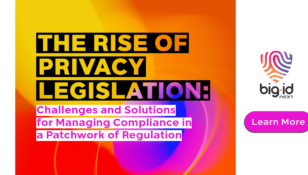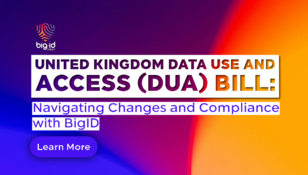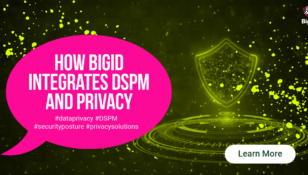What Is Explicit Consent? A Comprehensive Guide
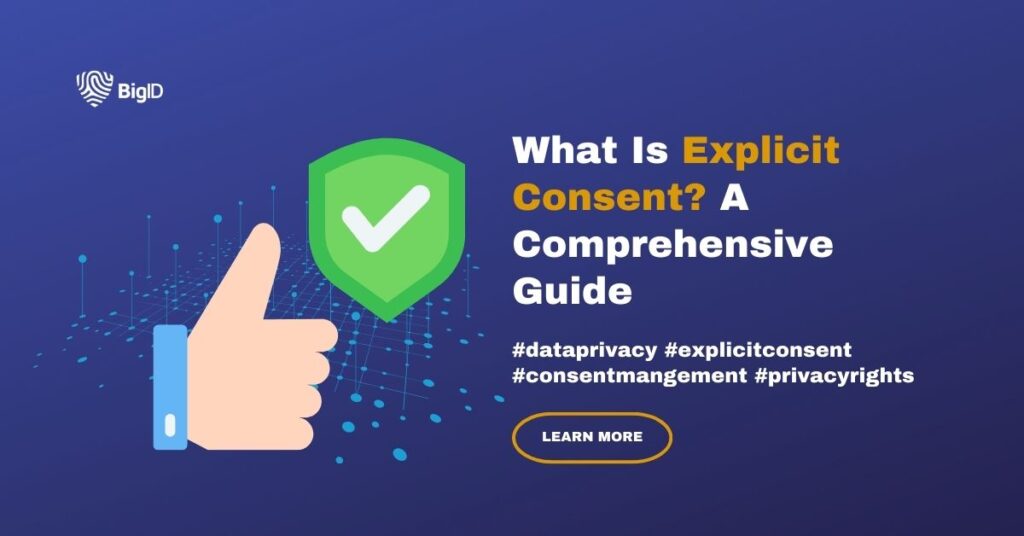
In today’s data-driven world, where personal information is a valuable asset, safeguarding individuals’ privacy has become paramount. Explicit consent plays a pivotal role in this endeavor. This article delves deep into the significance of explicit consent in compliance with data protection regulations, best practices, the future outlook and more.
Understanding Explicit Consent
A. Definition and Key Elements
Explicit consent is more than a mere checkbox on a website or a casual agreement. It signifies a clear and unambiguous agreement from individuals to allow organizations to collect and process their personal data. At its core, explicit consent requires individuals to take affirmative action, such as clicking a consent button or signing a consent form, clearly indicating their willingness to share their data. This ensures that consent is freely given, specific, informed, and revocable.
Explicit consent must include the following key elements:
- Clear Communication: Organizations must communicate the purpose for which consent is sought in plain and understandable language. Individuals should be fully aware of what they are consenting to.
- Unambiguous Action: Consent must be obtained through a clear and affirmative action. This could be clicking an “I agree” button, signing a consent form, or another action that leaves no room for ambiguity.
- Specificity: Consent should be specific to the intended data processing activities. Organizations cannot obtain broad, all-encompassing consent and must seek separate consent for different purposes.
- Informed Consent: Individuals should be provided with sufficient information about the data processing activities, including who is collecting the data, why it is being collected, and how it will be used.
B. Legal Framework and Regulations
Explicit consent is not a standalone concept; it’s deeply rooted in data protection regulations like the General Data Protection Regulation (GDPR) and the California Consumer Privacy Act (CCPA). These regulations set stringent standards for obtaining and managing consent to protect individuals’ privacy rights. Understanding the legal framework is crucial for organizations to ensure compliance.
- GDPR: Under the GDPR, explicit consent is required for processing special categories of personal data, such as health data, religious beliefs, and biometric data. Organizations must also obtain clear and unambiguous consent for international data transfers and automated decision-making processes. Non-compliance with GDPR consent requirements can result in significant fines.
- CCPA: The CCPA grants California residents the right to opt-out of the sale of their personal information. Obtaining explicit consent is essential for organizations that engage in the sale of personal data. The CCPA imposes strict requirements for obtaining and managing consent, including providing a “Do Not Sell My Personal Information” link on websites.
Statistics on Consent Management
The importance of explicit consent becomes evident when we consider the statistics:
- According to a survey conducted by TrustArc, 89% of consumers are concerned about their online privacy.
- A PwC survey revealed that 87% of consumers believe organizations should be more transparent about how they use their data.
- In a Cisco survey, 84% of organizations said they had increased their data privacy investments in response to regulations like GDPR.
These statistics highlight the significance of consent management in today’s data-centric landscape and underscore the need for organizations to prioritize privacy compliance.
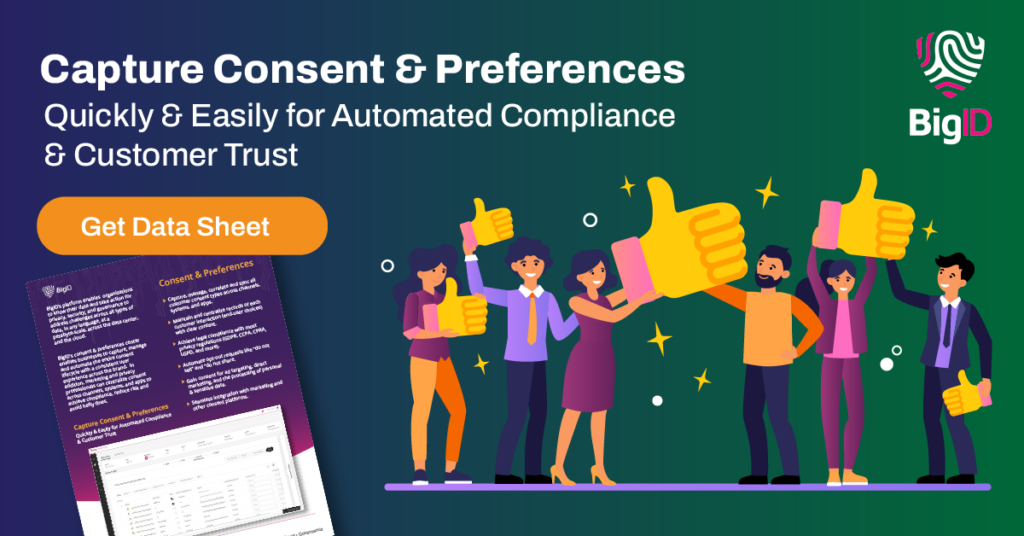
Benefits and Challenges of Explicit Consent
A. Benefits of Explicit Consent
Explicit consent brings forth a range of benefits, including:
- Increased Transparency and Trust: When organizations obtain explicit consent, they demonstrate transparency and respect for individuals’ privacy rights. This transparency fosters trust between organizations and their customers, clients, and partners.
- Enhanced User Control Over Personal Data: Explicit consent empowers individuals by giving them control over their personal data. It allows them to make informed decisions about how their information is used, providing a sense of ownership and agency over their data.
B. Challenges of Implementing Explicit Consent
While explicit consent is crucial, obtaining it can be challenging in various scenarios. Some of the challenges organizations face include:
- Obtaining Valid Consent in Various Scenarios: In some situations, obtaining explicit consent can be complex. For example, in the healthcare sector, obtaining consent for the processing of sensitive health data requires careful consideration and adherence to legal requirements.
- Balancing User Rights with Organizational Needs: Organizations must strike a balance between respecting individuals’ privacy rights and fulfilling their legitimate business needs. This delicate balance can be challenging to achieve, especially in marketing and data-driven operations.
Best Practices for Obtaining and Managing Explicit Consent
A. Consent Collection
Strategies for obtaining valid explicit consent go beyond traditional methods. Organizations should consider the following best practices:
- Clear and User-Friendly Consent Forms: Design consent forms that are easy to understand and navigate. Use plain language and avoid jargon to ensure individuals comprehend the purpose of data collection.
- Granular Consent Requests: Seek separate consent for different data processing activities to ensure specificity. For instance, if you collect data for marketing and analytics, obtain separate consents for each purpose.
B. Consent Management
Robust consent management systems are essential for organizations. Implement the following strategies for effective consent storage and retrieval:
- Centralized Consent Repository: Maintain a centralized repository for storing consent records. This ensures that all consent information is readily accessible and can be retrieved when needed.
- Consent Expiry and Renewal: Set clear expiration dates for consent to ensure that organizations do not continue processing data without valid consent. Implement mechanisms to seek renewed consent when necessary.
Common Compliance Mistakes to Avoid
Compliance with explicit consent is not without its pitfalls. Organizations should steer clear of common mistakes, including:
- Pre-Ticked Consent Boxes: Avoid pre-ticking consent checkboxes, as this does not constitute valid consent. Individuals must actively choose to provide consent.
- Overly Complex Language: Using overly complex or vague language in consent forms can render them ineffective. Consent forms should be clear and easy to understand.
Future Trends and Developments
The landscape of data protection is in a perpetual state of evolution, demanding that organizations remain vigilant and informed. Keeping a watchful eye on emerging technologies, such as blockchain and advanced encryption, is crucial as they are reshaping the landscape of consent management and data protection strategies.
Simultaneously, organizations must prepare for potential regulatory changes, recognizing that shifts in regulations can significantly impact consent requirements. To navigate this dynamic terrain effectively, organizations should remain adaptable and proactive in adjusting their compliance strategies to align with these forthcoming trends and developments.
BigID’s Approach to Explicit Consent
BigID’s next-gen data discovery platform empowers organizations to gain deep insights into their data and take proactive measures in addressing privacy, security, and governance challenges. This capability spans all data types, regardless of language, and can efficiently scale up to handle petabytes of data, whether it resides in on-premises data centers or the cloud.
BigID’s Consent Governance App offers a user-friendly solution for businesses to capture, manage, and automate the entire consent lifecycle seamlessly. This unified approach ensures a consistent user experience across the brand. Additionally, marketing and privacy professionals can centralize consent management across various channels, systems, and applications, thereby achieving compliance, mitigating risks, and avoiding potential financial penalties.
To learn more about how BigID can streamline your organization’s consent compliance— schedule a free 1:1 demo today.



